Inevitably, at every firemaking seminar I’m involved in, somebody suggests using dryer lint as firestarter. My response: I have tested and tried dryer lint, don’t carry it, and recommend you don’t either.
by Leon Pantenburg
You stake your life on your firemaking kit components. Let’s apply the common sense filter to this dryer lint firestarter idea.
Here’s some related information from the National Fire Protection Association:
- Dryers and washing machines were involved in one out of every 22 home structure fires reported to U.S. fire departments in 2006-2010.(How many millions of dryers are used every day?)
- In 2010, an estimated 16,800 reported U.S. home structure fires involving clothes dryers or washing machines resulted in 51 civilian deaths, 380 civilian injuries and $236 million in direct property damage.
- The leading cause of home clothes dryer and washer fires was failure to clean (32%), followed by unclassified mechanical failure or malfunction (22%).
A standard construction practice is to run the exhaust pipe through the drywall with a 90-degree elbow. This can cause the lint to accumulate at that angle, next to the hot dryer.
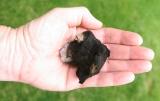
Dryer lint is just OK as a firestarter.
So the question might be, based on the evidence from the house fires: Is dryer lint really that flammable? Or is it the combination of heat, improper venting and an accumulation of dry lint next to a hot dryer that causes house fires?
Our concern is survival fire making though, so let’s consider the pros and cons of dryer lint as a firestarter.
Proponents of dryer lint firestarter claim:
- Dryer lint is easily ignited with a match, lighter and/or ferro stick.
- Dryer lint is compact and easy to carry.
- Dryer lint is free for the taking, and flammable. There are multiple internet postings showing the material being ignited, along with directions for making lint-based fire starters.
My first concern about dryer lint has to do with reliability. In 2002, as part of a project for Boy Scout Troop 18 in Bend, Oregon, the late Dr. Jim Grenfell and I set out to find the ultimate, practical fire ignition method that would work for the average person.
We also tested practical firestarters. Dryer lint was one of the initial items tested and it never made the first cut.
The material used for the field trials came from my dryer, and I tested the lint from virtually every load of clothes for about two weeks. That ended up being a lot of testing! At the time there were three active teenagers and a Lab in the house, along with all the clothes drying associated with skiing, hunting, snowboarding, winter sports and school athletics.
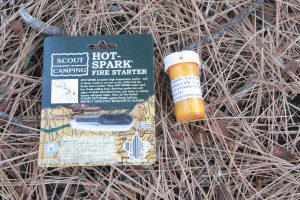
Cotton balls infused with petroleum jelly and a ferrocerrium rod are effective firemaking tools.
The testing method was to take whatever handful of lint was in the filter, go out into the garage and ignite it with a ferrocerium rod. This is where the reliability issue surfaced. (Dog hair was a constant in all the test samples!)
Some lint, such as that from a load of cotton jeans, ignited readily. Lighting lint from a mixed load of natural fabrics and wool and microfibers was iffy, and sometimes the flame went out before burning up the lint completely. And several times, the lint from a load of polypropylene, wool and various synthetic microfibers didn’t ignite.
I’ve heard similar results from other scoutmasters who have checked out lint reliability.
My recommendation is to substitute cotton balls in any application where you might currently be using dryer lint.
Here’s why:
- While dryer lint is free, a jumbo 100 percent cotton ball will cost less than a penny. The cost of filling a 35-mm film container (Remember these?) or prescription pill container with five cotton balls is less than a nickel!
- Cotton balls start out as a sterile medical item and can also be used for first aid needs, such bandaging or cleaning a wound or abrasion. Among the particles in dryer lint is dirt, dust, allergens and all sorts of airborne spores and microbes.
- Both cotton balls and dryer lint can absorb moisture from the air. The difference is that cotton has long fibers which can be dried easier than lint, which is composed of small particles, pet and human hair, pieces of plastic and other, unknown materials.
- Dryer lint mats and compacts more than cotton, making it harder to light. It’s more difficult to fluff up to light.
- I carry cotton balls infused with petroleum jelly as one of the firestarters in my survival kit. If I start to feel a hot spot or blister rising from a boot chaffing, I rub the area with the cotton ball and petroleum jelly. In a pinch, a petroleum jelly and cotton ball, along with duct tape, has been used to create a makeshift band aide. Never rub any skin abrasion, or try to stop a blood flow, with lint!
Grenfell’s and my conclusion was that: There is nothing dryer lint can do that a cotton ball can’t do better. The advantages of cotton balls easily make up the cost difference. Besides, if saving money is a concern, shouldn’t you be drying your clothes on a line in the first place?
If dryer lint is still in your survival kit, please test before trusting it! Personally, I’ll spend an extra few cents and use cotton balls. My life is worth that to me!
Please click here to check out and subscribe to the SurvivalCommonSense.com YouTube channel – thanks!

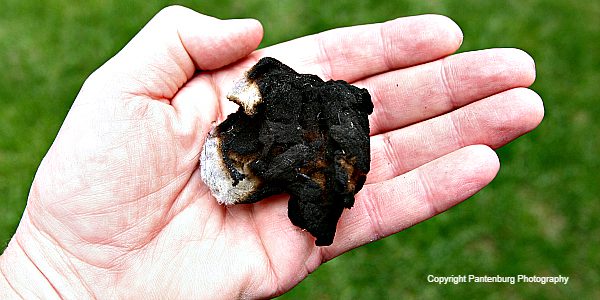

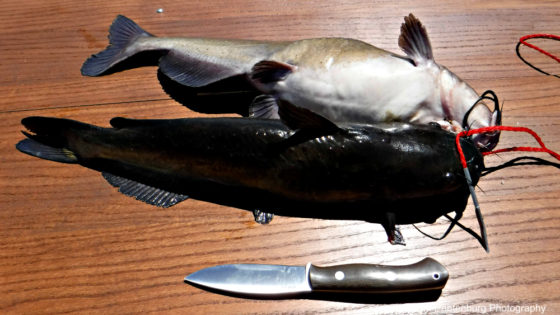
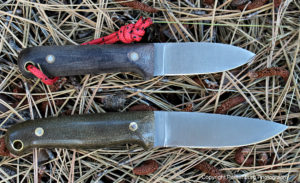

Leon
Apparently you didn’t read the story or view the video.